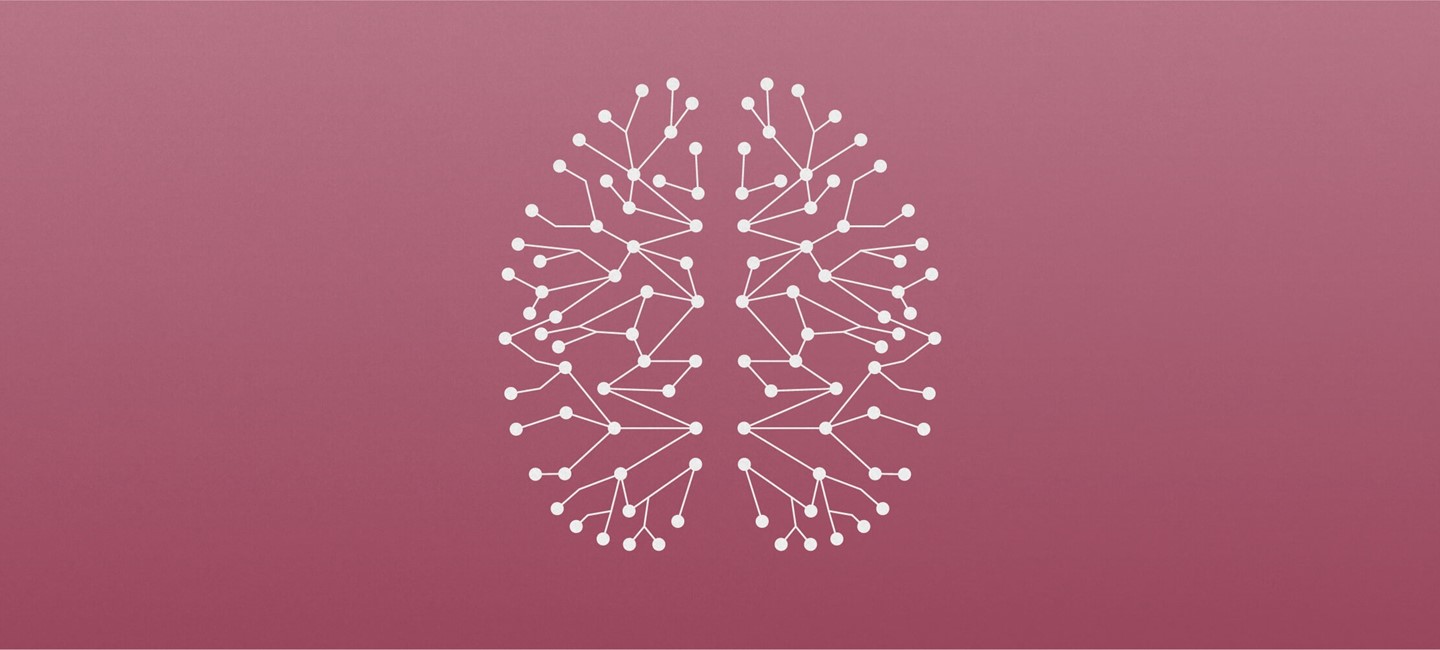
The graph theory approach: Studying the brain connectome to unveil migraine pathophysiology
The human brain can be defined as a complex network involving a multitude of communication paths among areas devoted to specific functions.1 The whole set of structural and functional connections within the human brain is defined as the connectome,2 whose features have been recently evaluated thanks to graph theory—a branch of mathematics aimed at describing the elements within a system, along with their interactions.1 As part of the free communication session on headache and sleep at the 25th World Congress of Neurology (WCN), Dr. Marcello Silvestro (University of Campania - Luigi Vanvitelli, Caserta, Italy) presented a study evaluating possible changes in the brain connectome of patients with migraine.
The human brain, according to the graph theory: A system based on nodes and edges
Dr. Silvestro explained that according to graph theory, the basic elements of a complex network are nodes (the fundamental units) and edges (the connections between nodes).1 He then compared the structure of the human brain to a complex network, in which different grey matter regions (the nodes) are connected by white matter paths (the edges). As noted by Dr. Silvestro, the human brain connectome presents two important yet contrasting properties: on the one hand, the ability to allocate specific functions to different areas of the brain (segregation) and on the other hand, the maintenance of a continuous communication flow between these segregated areas (integration).3 Dr. Silvestro also introduced the concept of the hub: a highly connected node, which sorts the exchange of information between several pairs of nodes.1
The connectome of patients with migraine is complex and energy-demanding
Dr. Silvestro presented the results of his study, aimed at comparing the brain connectome of healthy subjects and patients with migraine without aura by means of high-angular resolution diffusion-weighted MRI tractography-based graph analysis.4 He remarked that, in healthy subjects, network integration and segregation usually tend to counterbalance, so that the system can support a complex flow of communication with the lowest energy demand possible.1 However, in Dr. Silvestro’s study, patients with migraine showed a significant increase in both network integration and segregation compared to healthy subjects.4 In Dr. Silvestro’s opinion, this increase may boost the flow of information traveling through the brain and the physical and metabolic energy needed for its management. Moreover, he opined that the increased need for energy might create an imbalance that would increase brain vulnerability to the stressors triggering migraine attacks.
Some high-connectivity areas might be crucial for migraine pathophysiology
Dr. Silvestro also noted that, compared to healthy subjects, the brain of patients with migraine presented more connections between nodes in certain areas, especially those engaged in pain perception, pain modulation, visual processing, and cognitive and affective attribution of the pain experience.4 Finally, he observed a difference in the nature of hubs between patients with migraine and healthy subjects. Indeed, the posterior cingulate cortex and the inferior parietal lobule were hubs in patients with migraine, but not in healthy subjects.4 As argued by Dr. Silvestro, the increased centrality of these nodes might be of remarkable importance for the pathophysiology of migraine, as they are involved in pain perception and the emotional and cognitive elaboration of the pain experience. On the contrary, the calcarine cortex and the superior orbito-frontal gyrus—responsible for managing emotional stimuli—were identified as hubs in healthy subjects, but not in patients with migraine.4
According to Dr. Silvestro, migraine can be considered a pathology involving the brain connectome, or connectopathy. In fact, the high energy demand observed in the brains of migraine patients might explain their vulnerability to migraine triggers. This new perspective, along with the research approach based on graph theory, may lead to a deeper understanding of migraine pathophysiology.
Migraine could represent the evolutionary price that humans pay for a highly-connected brain.
Bullmore E, Sporns O. Complex brain networks: graph theoretical analysis of structural and functional systems. Nat Rev Neurosci 2009;10:186-98.
Brandl F, Meng C, Zimmer C, Sorg C. The Role of Brain Connectome Imaging in the Estimation of Depressive Relapse Risk. Rofo 2018;190:1036-43.
Tononi G, Sporns O, Edelman GM. A measure for brain complexity: relating functional segregation and integration in the nervous system. Proc Natl Acad Sci U S A 1994;91:5033-7.
Silvestro M, Tessitore A, Caiazzo G, et al. Disconnectome of the migraine brain: a "connectopathy" model. J Headache Pain 2021;22:102.



